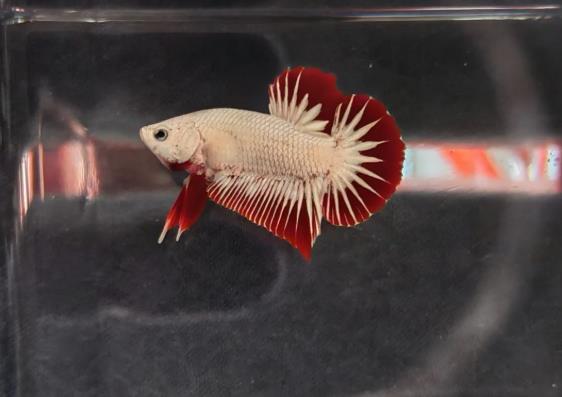Betta fish (especially Siamese fighting fish and Chinese fighting fish) are renowned for their intense aggression and territorial behavior. Below is a detailed analysis of their aggressiveness:

1. Manifestations of Aggression
Intra-species Combat
When male bettas encounter each other, fierce fights almost always occur, with a mortality rate exceeding 80%. This stems from genetically determined aggression (e.g., the 5-HT1A gene affecting serotonin levels) and territorial instincts.
Gender Difference: Female bettas are less aggressive, but during the breeding period, males may even chase and kill non-receptive females.
Species Difference: Siamese fighting fish are significantly more aggressive than Chinese fighting fish.
Attacks on Other Fish
Bettas target brightly colored, similarly sized small fish (e.g., guppies, tetras). In 78% of failed tank-mixing cases, betta aggression is the cause, with guppies facing a 92% mortality rate from bites.
2. Triggers of Aggression
Environmental Factors
Inadequate Space: Small tanks (e.g., <30 liters) or lack of hiding spots intensify conflicts.
Deteriorated Water Quality: Excessive ammonia levels can quadruple attack frequency.
Physiological & Behavioral Factors
Breeding Period: Male aggression peaks, even targeting female conspecifics.
Hunger: When underfed, bettas are more likely to view other organisms (e.g., Amano shrimp) as prey.
3. Risk Control Recommendations
Situations to Absolutely Avoid
Housing multiple male bettas in the same tank.
Mixing with high-risk species like guppies, tetras, or shrimp.
Feasible Tank-mixing Conditions
Large Aquarium: At least 80 liters, paired with 8+ hiding spots (e.g., aquatic plants, driftwood).
Low-Conflict Fish: Moonfish, boehlkei tetras (attack rate <5%), or bottom-dwelling pearl gouramis.
In summary: Betta aggression reflects their survival instincts, and keeping them alone remains the safest primary approach.
